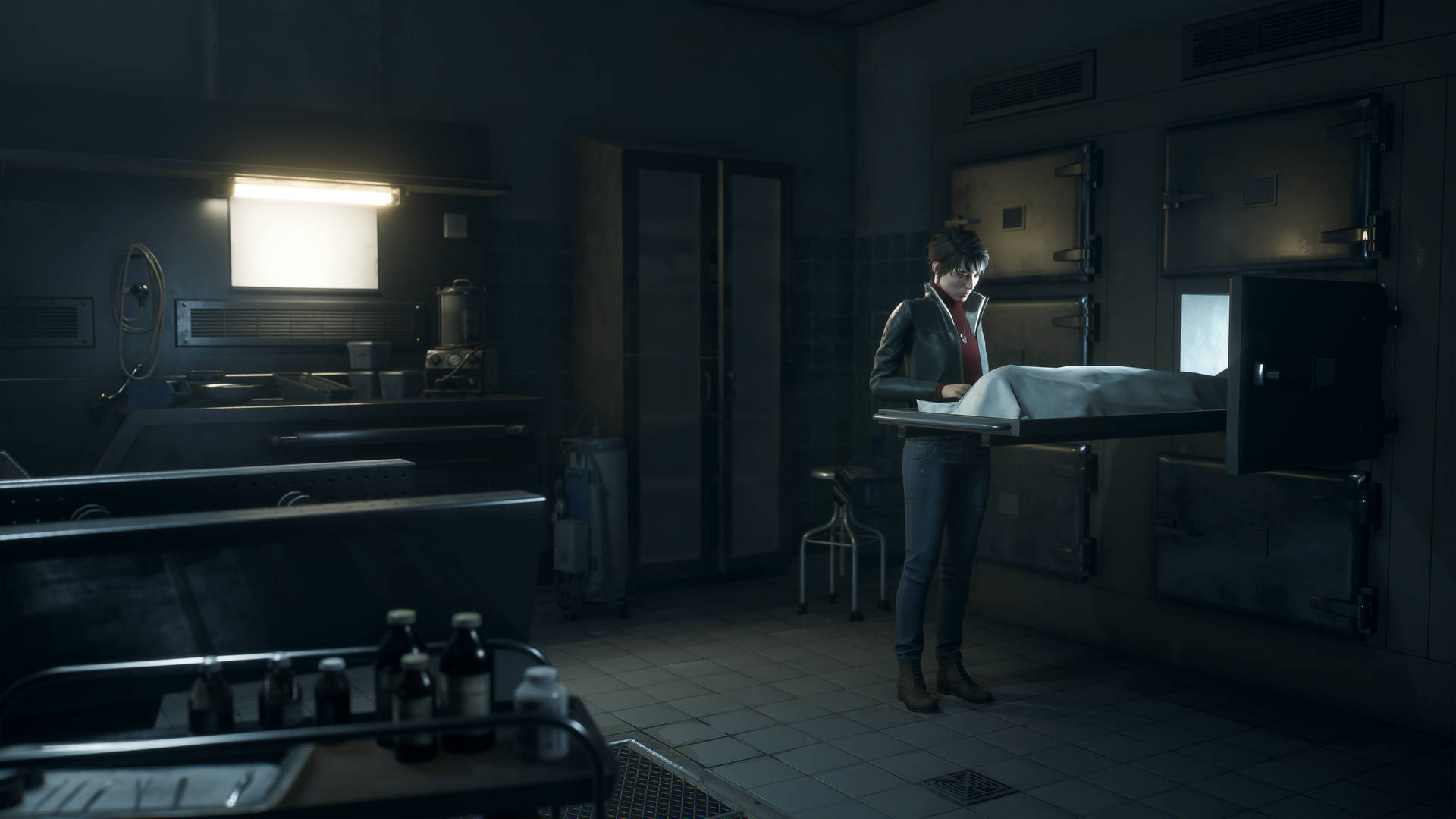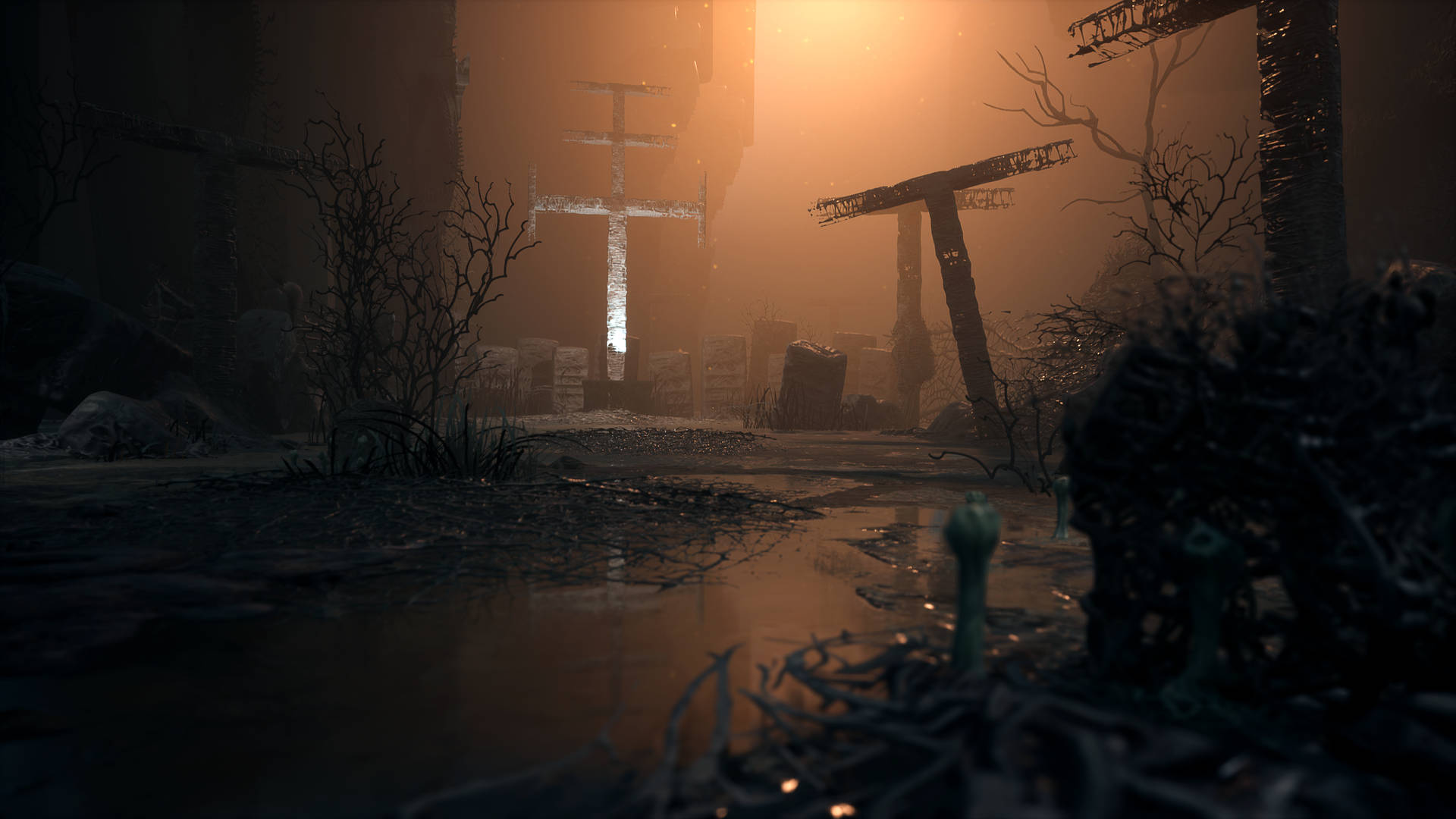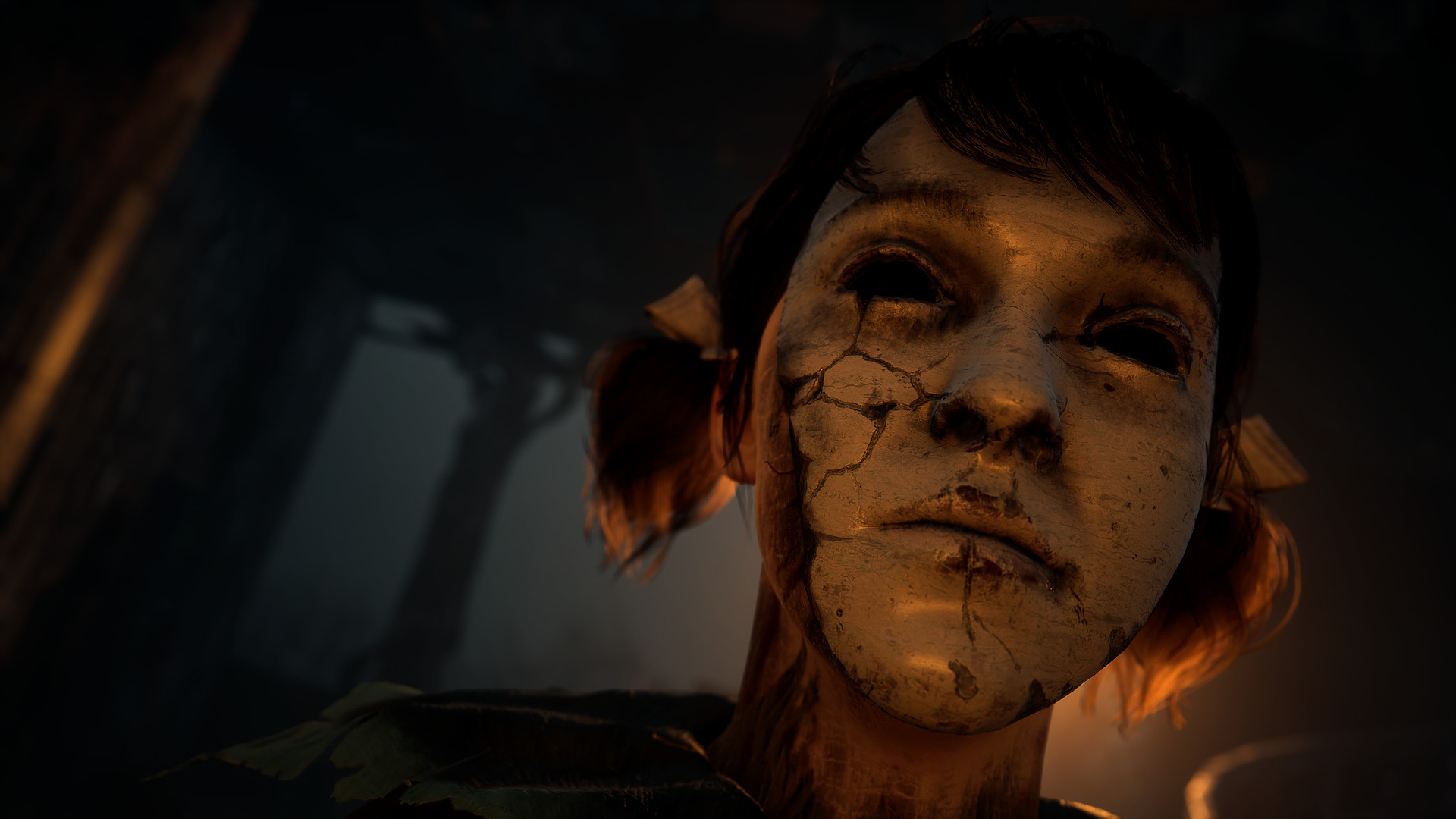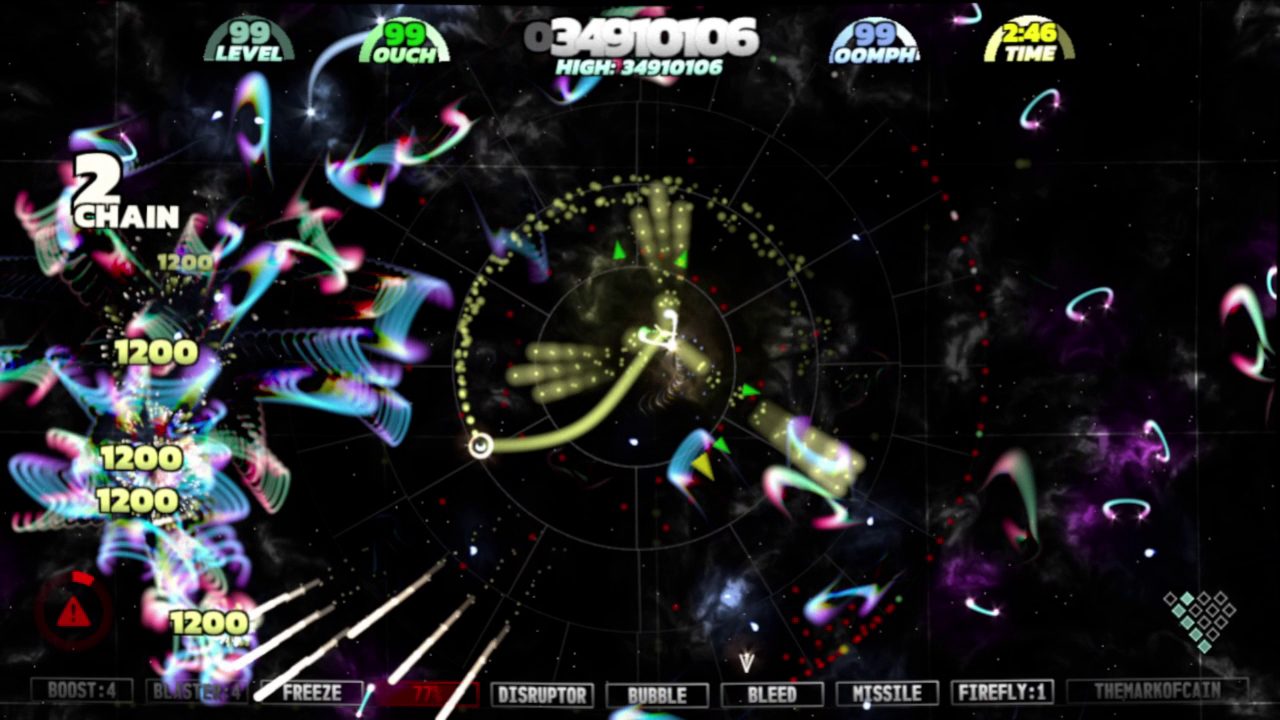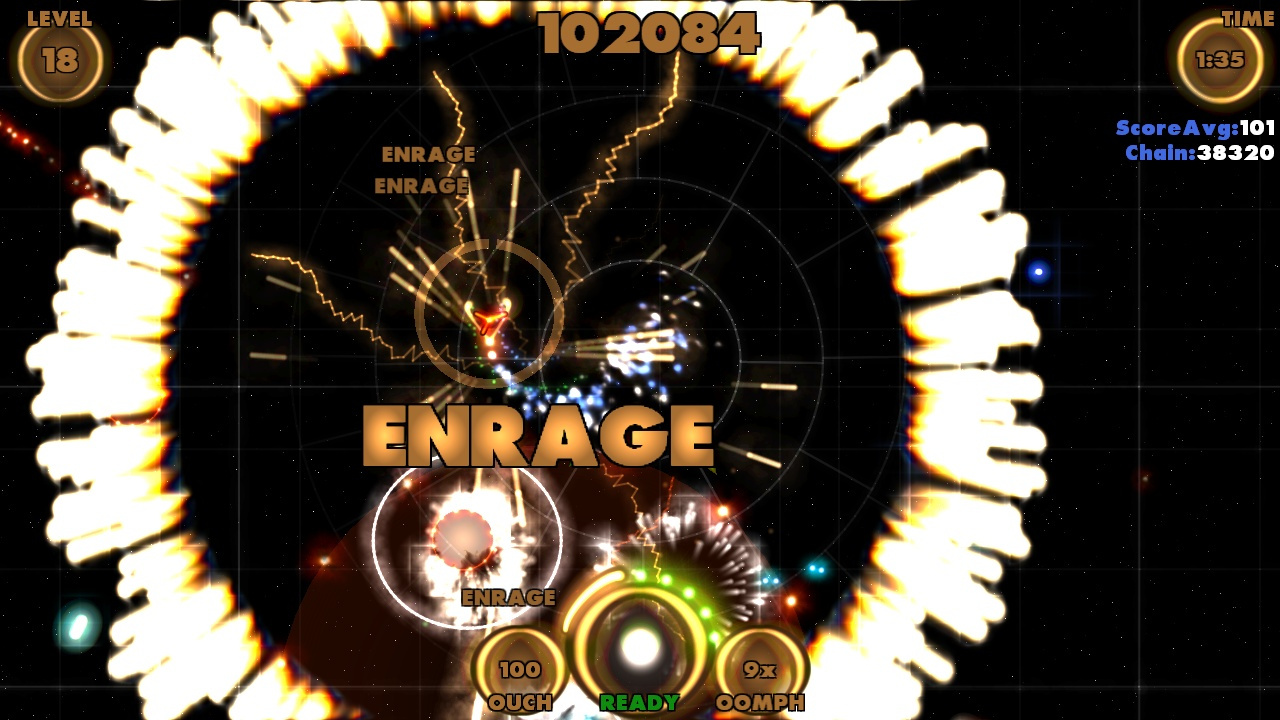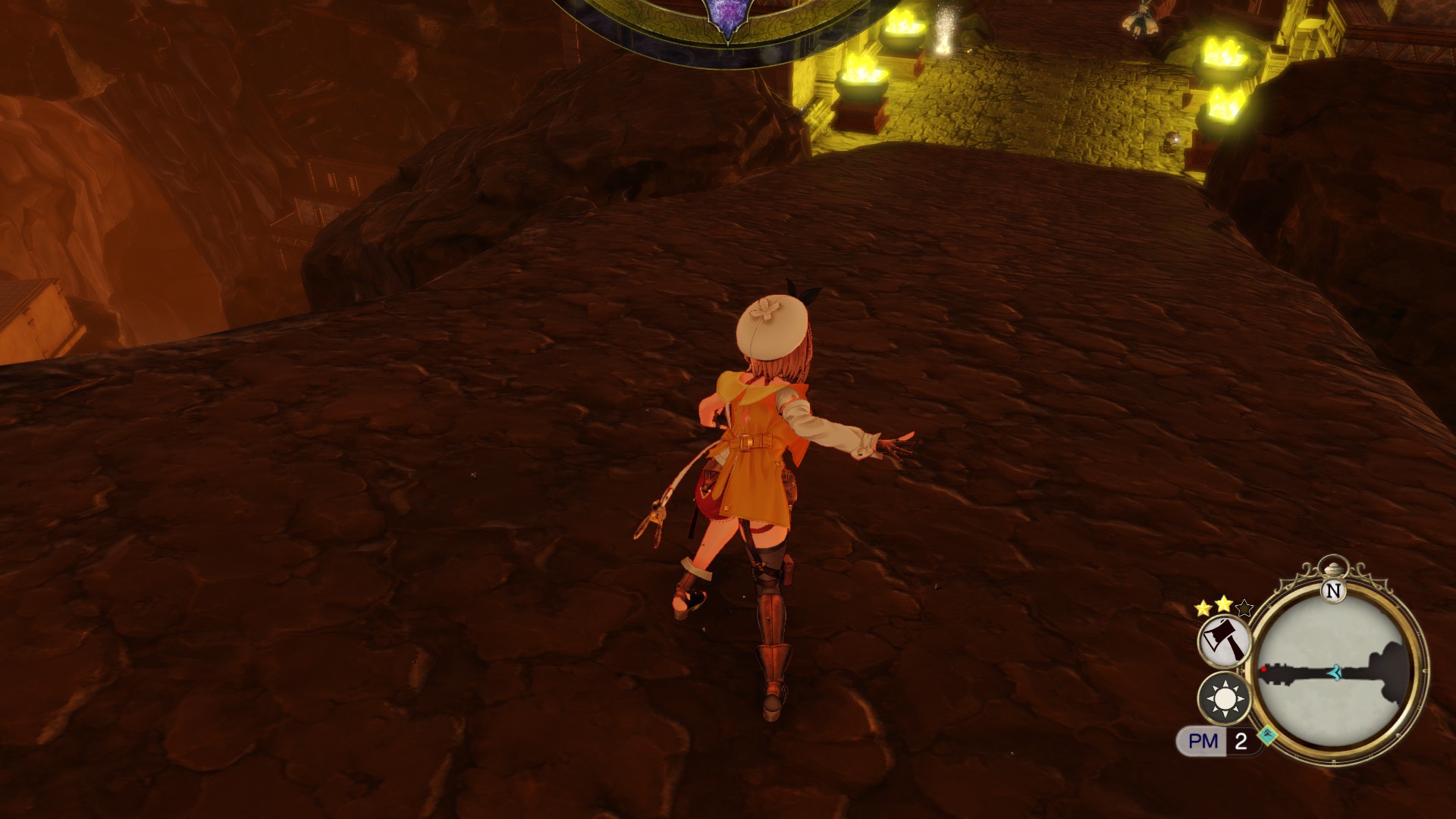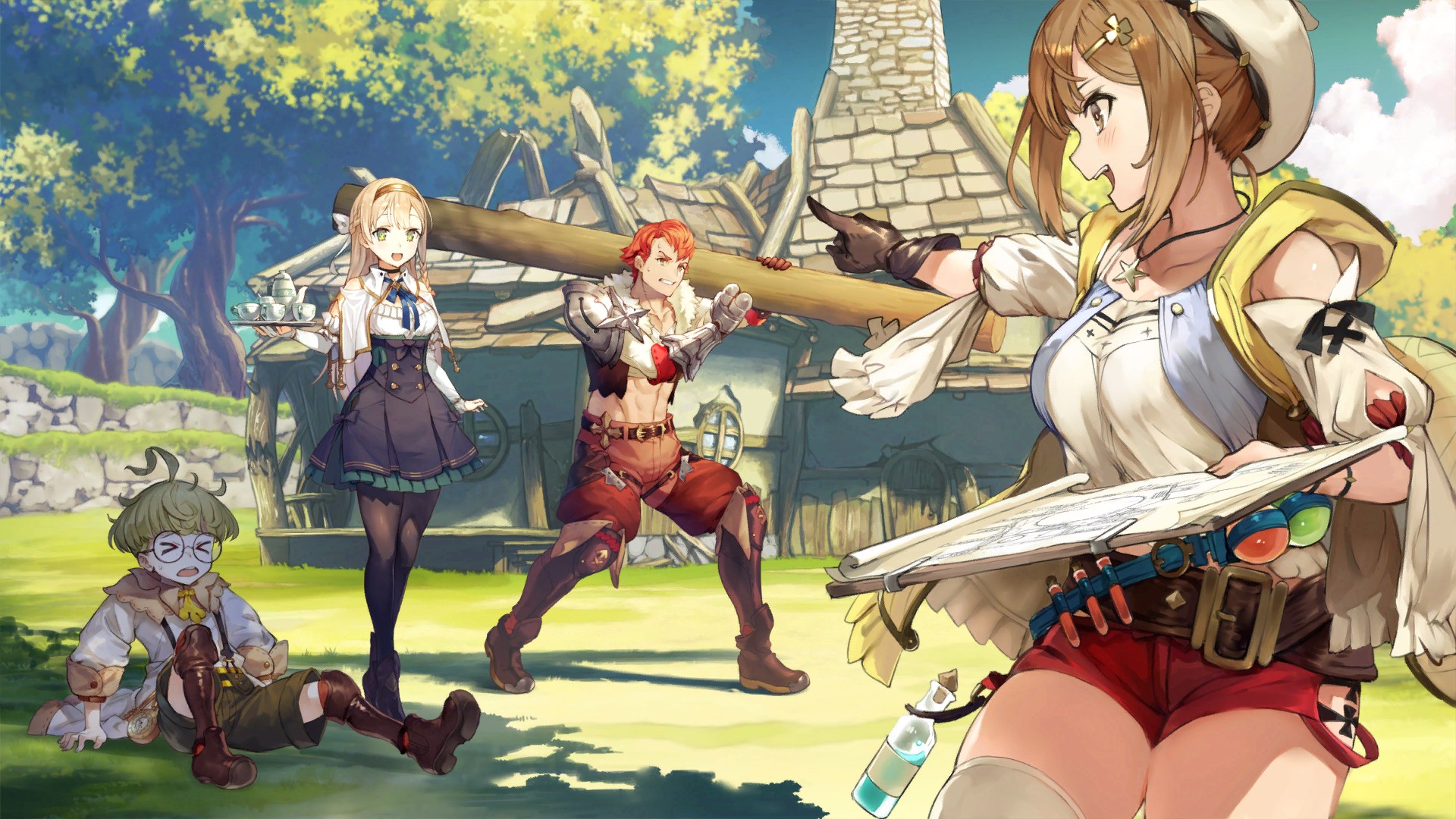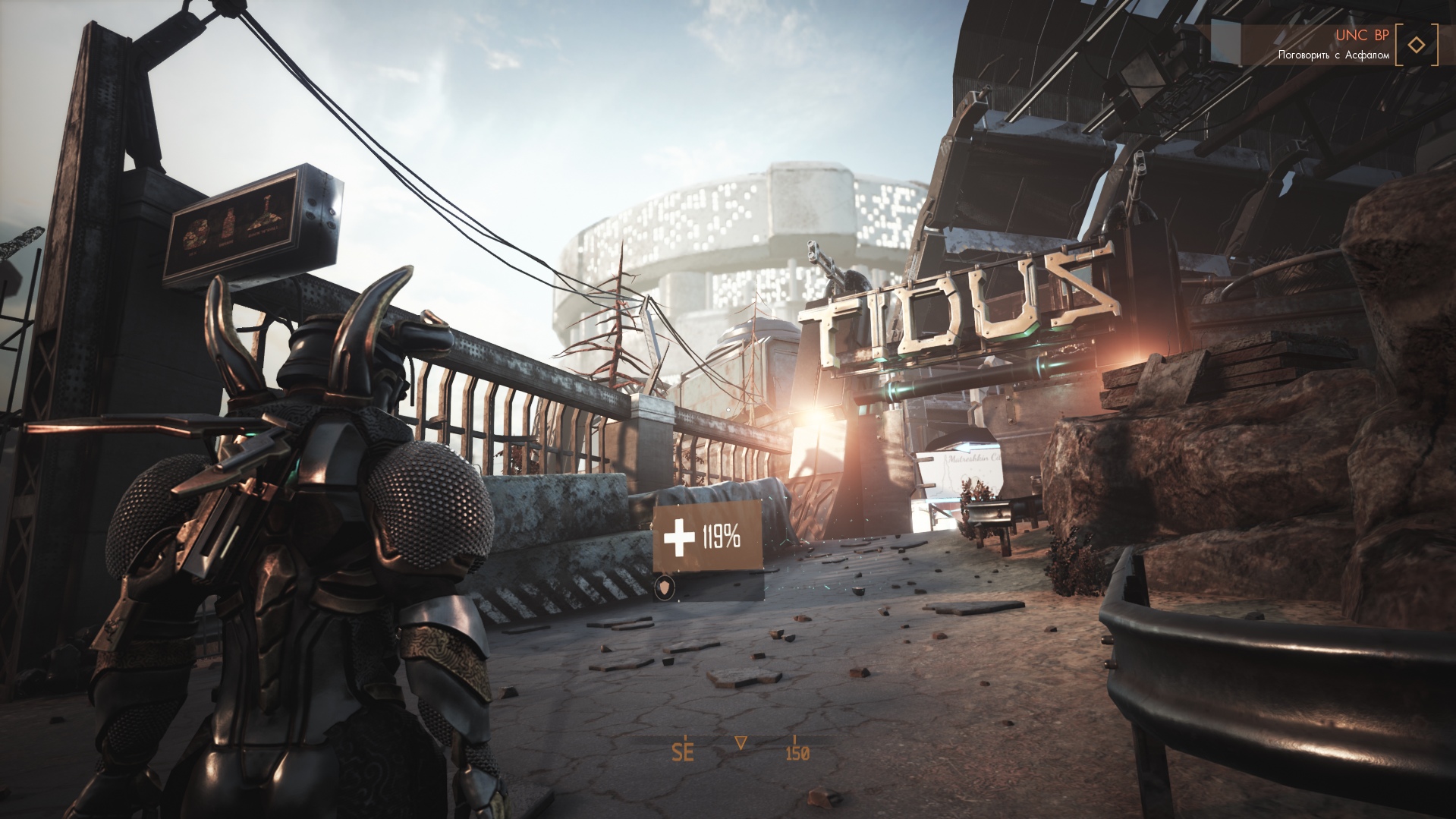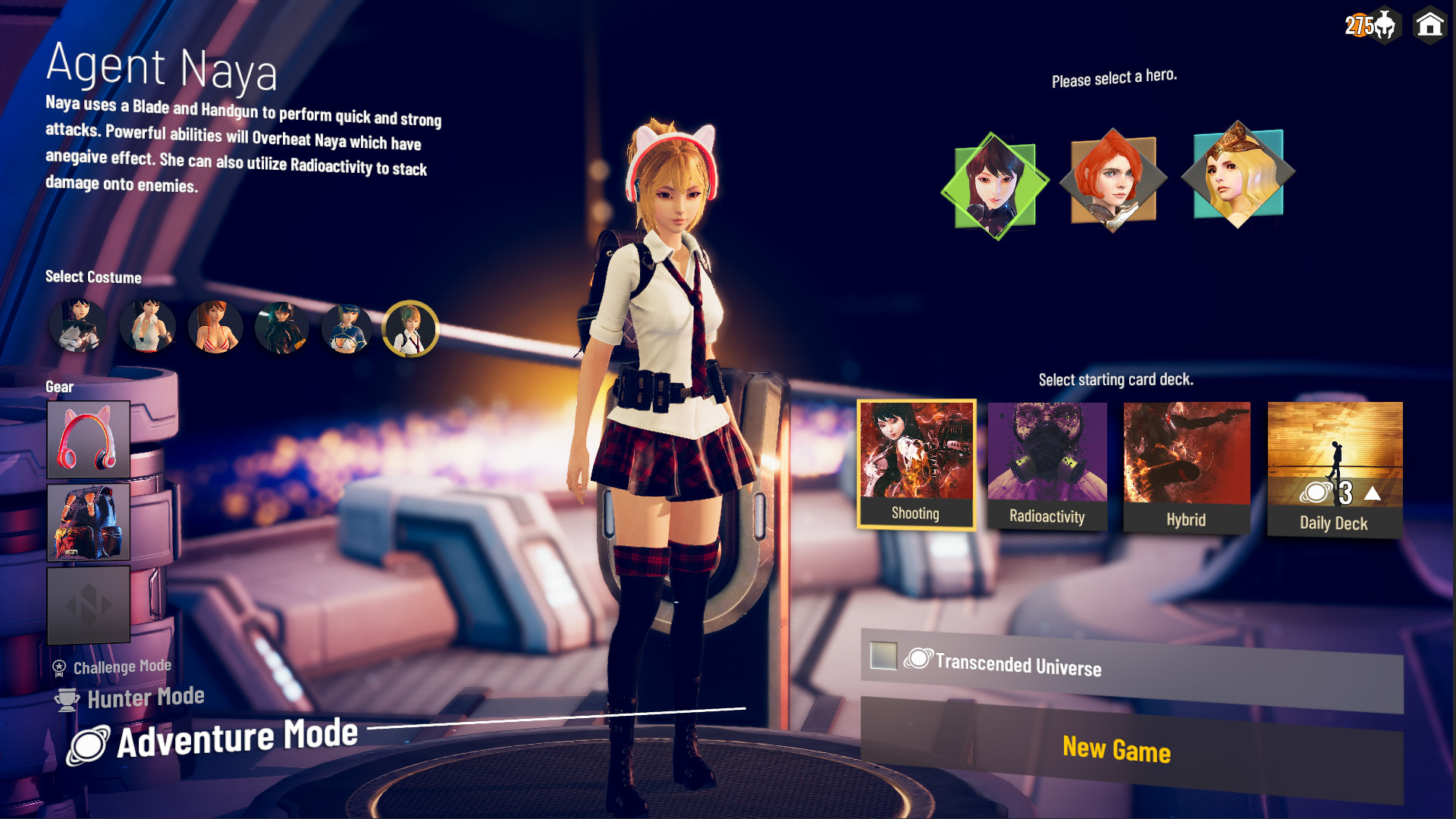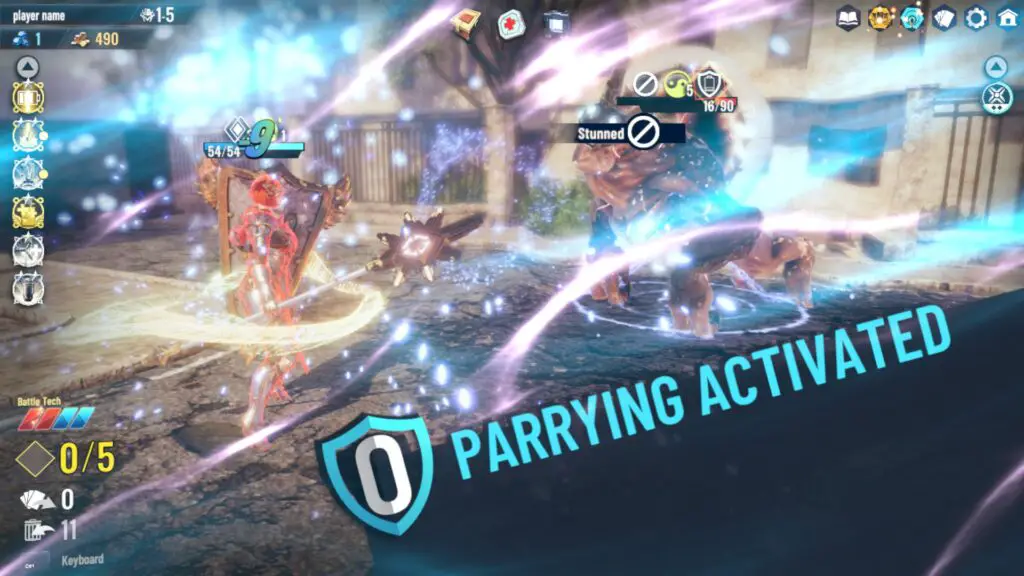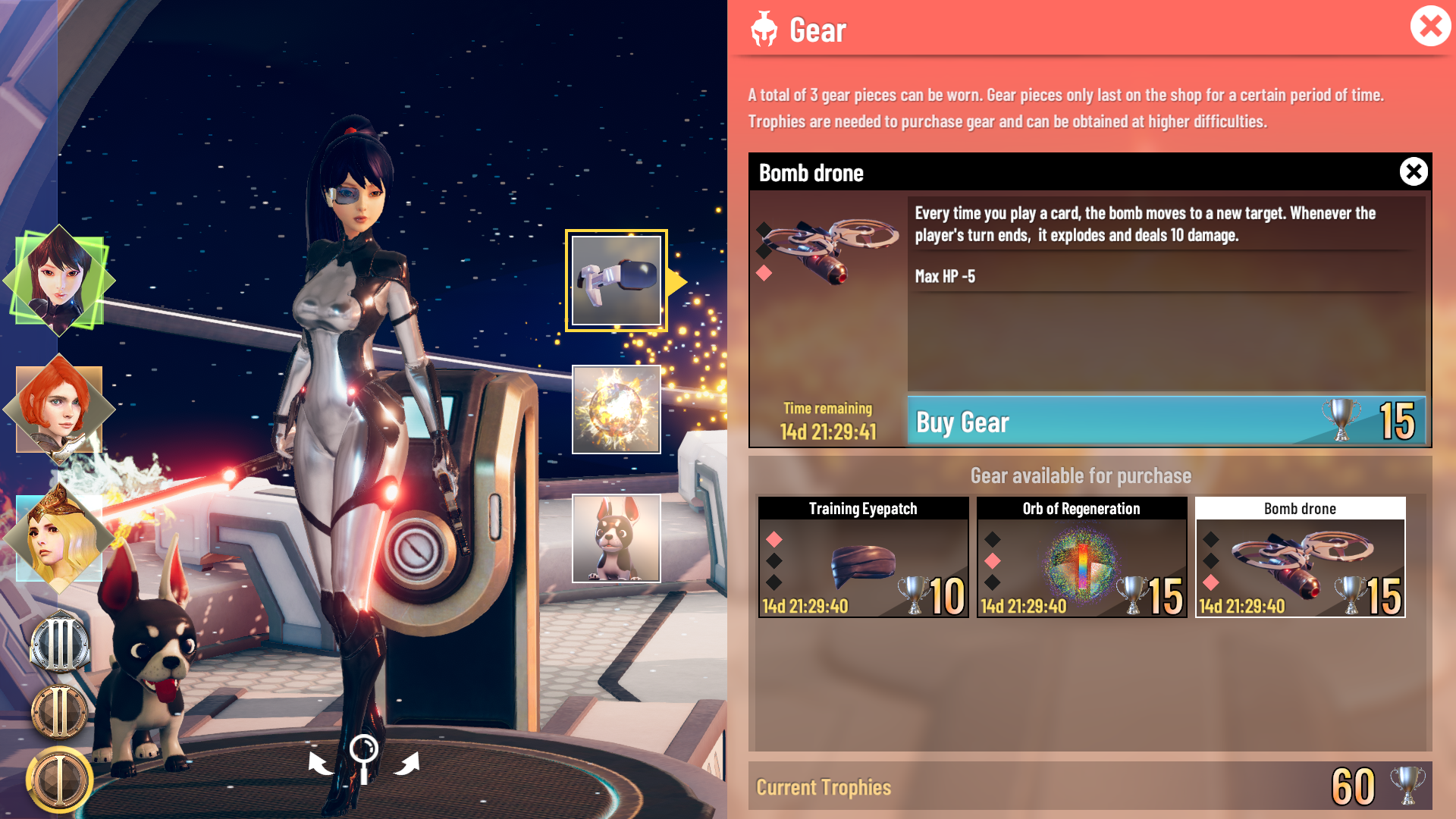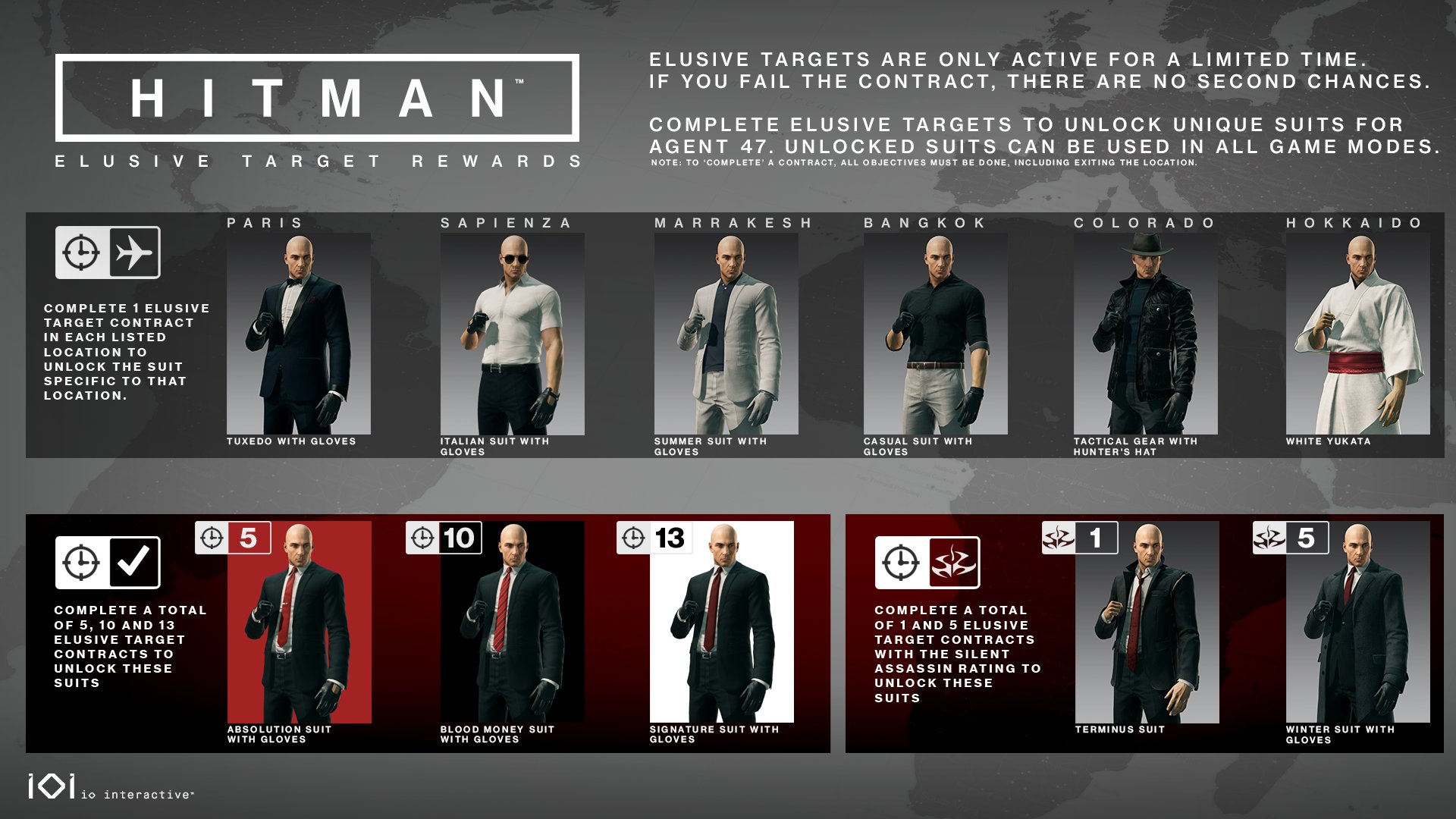OUR RATING 8.5/10
GAME OVERVIEW
The game puts you in the shoes of Daniel Lazarski, an elite detective in a very dark future (voiced by the late actor Rutger Hauer – known for his role in the mythical Blade Runner). This detail, together with the start of the adventure in a car whose interior is very similar to that of Harrison Ford’s character in that film, gives the feeling that you are going to be facing an unofficial adaptation of the Ridley Scott film, but finally this remains a tribute.
You are in the middle of 2084, with a world devastated by wars and dominated by large corporations, specifically, the Chiron corporation, which established a new world order – as the cyberpunk clichés command. In addition, people do not stop taking drugs and implanting all kinds of junk in their bodies, insisting on living in filthy places where murders occur at all hours, organs or substances of dubious origin are trafficked and the police can do little or nothing. To top it all, an epidemic called nanophagy is spreading rapidly among the population, killing all those who have implants or augments in their body.
Daniel Lazarski appears as an “observer” that is, a detective who infiltrates other people’s minds for clues.
GAMEPLAY
The adventure starts with a murder notice in an apartment building that you have to investigate and whose victim turns out to be your son, to complicate everything. The whole adventure takes place in this building, with several floors, basements and houses, in a rather labyrinthine structure and with a very oppressive setting, which is undoubtedly the best of the game.
The story is full of cyberpunk inspired, futuristic adventures with themes such as transhumanism. It is not usual for a narrative adventure of this style to have secondary ones, but the structure of the game feels great and it is a pleasure to explore every corner of the apartment block, with a sea of puzzling and eccentric tenants who portray very well the year 2084 in which humanity has definitely lost its mind.

The apartment complex has a lot to do more than meets the eye. And though Observer starts from the basis of a Walking Simulator, it leaves the player a lot of free will within the linearity that this genre has us accustomed to. While you follow the main plot, you can inspect the entire building to your liking, which will eventually lead to secondary plot threads or interesting conversations with the tenants. You can also learn more alternate stories and more information about the game universe by inspecting the computers that you will find out there and reading the data they contain.
Alternating mainly between two modes of vision, one to search and analyze biological clues and the other digital, you have to sweep the scenarios well looking for information, interview suspects and getting into the minds of some characters, in nightmarish scenes that are spectacular. The developer is very good at this aspect, as we saw in Layers of Fear or in some moments of Blair Witch. These sequences perfectly merge terror and cyberpunk, something that we have rarely seen so successfully, and offer very impressive audiovisual moments.

You will be facing what we could consider a graphic adventure like the ones before, and although you are not going to find too complex puzzles, it does have its crumb to find some clues or passwords and know where to use them, because the scenario where it takes place is quite large and is easy to get lost. Observer is not a title that seeks to offer a challenge (not even in survival moments). What the game wants is to be played calmly, for the player to recreate the story and the details. For example, you can enter a room and be there for a while examining everything or investigating with forensic vision, and the best thing is that the more you recreate, the more things and more details you discover, which is without a doubt one of the Observer key points.
PROs, CONs and OVERALL GAMING EXPERIENCE
Observer offers an impeccable and tremendous artistic section inspired by the darkest and most decadent cyberpunk movement. Said quickly and concisely: you’ve never seen anything like it and you’ll never ever see anything like it.
Each of the rooms that you will visit will be a fountain marked by an aesthetic that emphasizes dirt, decadence and the unpleasant, but which, nevertheless, is still something extremely beautiful and stimulating to the eye. The walls reveal its interior wiring on all sides, as if it were the very “entrails” of the building. In the corridors there are monitors and bits of broken technology, often displaying disturbing images. There are destroyed walls, mattresses thrown on the floor and drug remains all around. Grime, trash, and decay accumulate at every corner, constantly giving the players a feeling of overwhelm and that the last thing you would do in your life would be to live in that place.
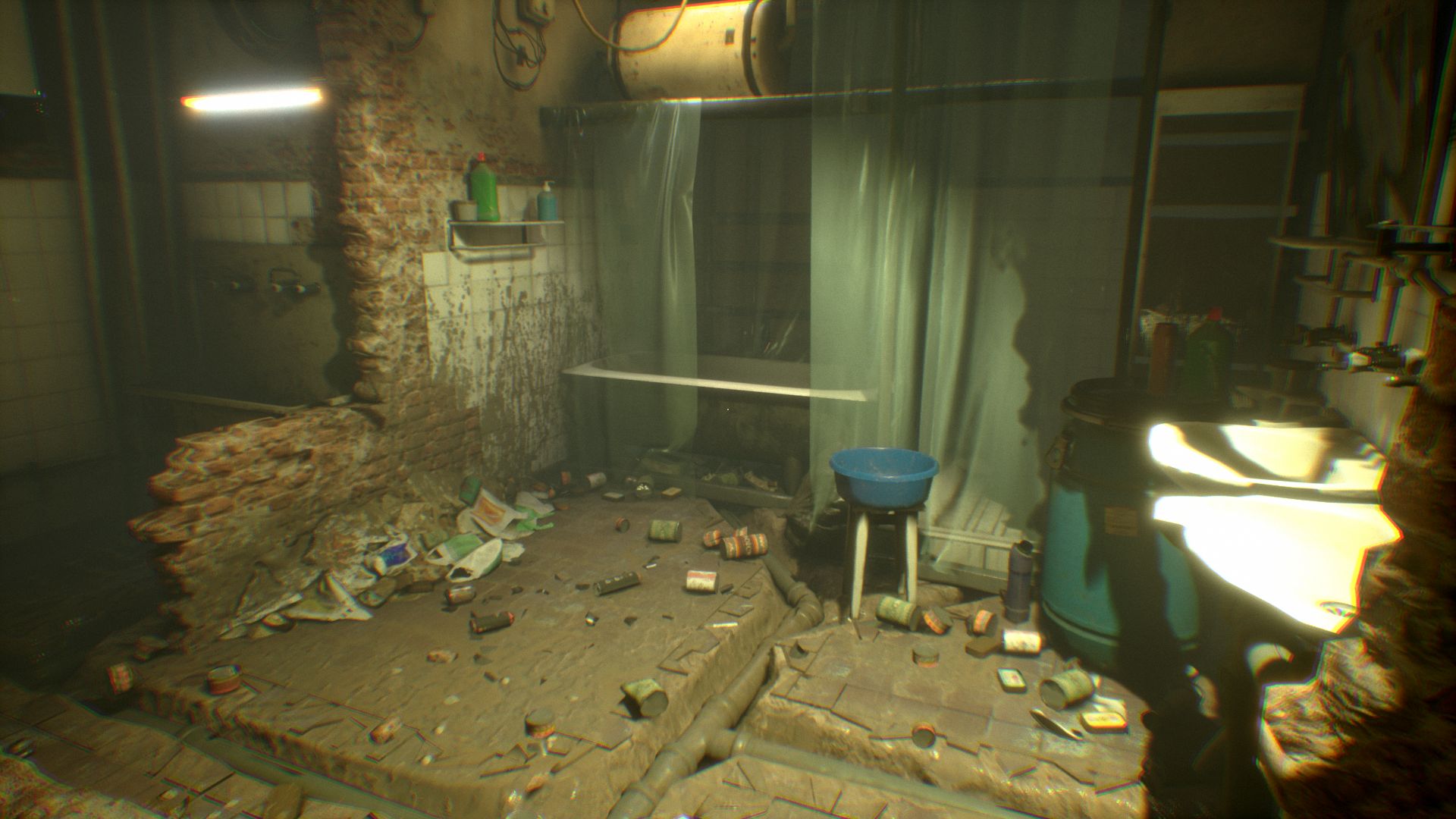
The holograms on the walls, often trying to uselessly “beautify” all the decadence to which you are exposed, the technological elements (monitors, computers, televisions or even the doorbells themselves) are displayed in a retro-futuristic aesthetic. All this, evidently making a masterful use of lighting and shadows where a great work of artistic direction is appreciated. In fact, graphically this remaster far surpasses the original title at all levels.

There are so many changes and new features in this Redux version that it is to be considered a remake, which is why we were so surprised that they have not fixed some details that hinder the gameplay. For example the unnecessarily confusing mission tracking menu, a bit chaotic to know what you are doing or what goals you are meeting. And then the worst thing, the interaction with the elements of the environment, which require you to be at a distance with very little margin of error, neither too close nor too far, right where the game wants, which does not make much sense. This becomes a problem, because until you are at that exact distance, the interact icon does not appear, and it is very easy to be exploring rooms, which are full of details, and miss something for something important because you did not get to the right distance, one too concrete. It is a very silly lump failure that we do not understand that they have not detected.
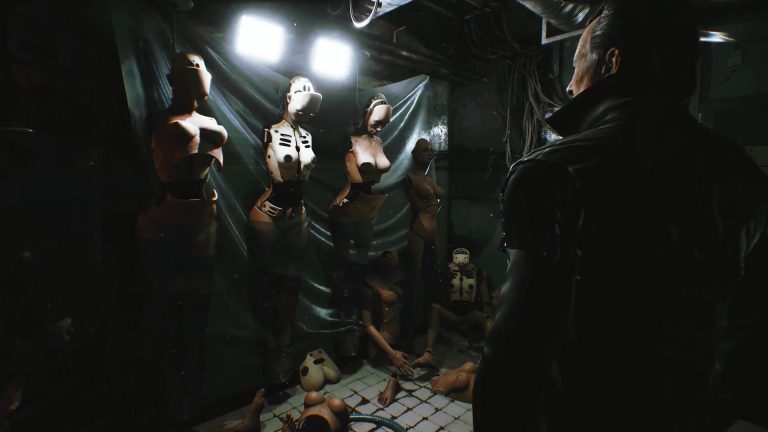
It is a shame that the technical execution and the graphic modes that have been included in the new consoles have made a bit of a mess. On PS5 and Xbox Series X it can be played at 1080p and 60fps, totally stable, and then we have an extra graphic mode on each of the consoles. On PS5 you can play with ray tracing, at 1080p and with a highly variable image rate, which ranges between 30fps and 50fps, but which even drops to 20. On Xbox Series X there is no ray tracing and you have a 4K mode instead, whose rate of images per second ranges between 40fps and 60fps.
Being such a slow game, these drops are not excessively serious, although optimization work is lacking, and in any case you can always play at 1080p and 60fps, which still looks great. They have also said that they will incorporate ray tracing in the X / S Series version.

Being Rutger Hauer the protagonist of the play, there is no lack of Blade Runner influences ; This can be seen at all times since Bloober Team has included a multitude of references to honor Ridley Scott’s film, such as rain, nones, palomans or some other more hidden scene among many other details. But Mr. Rutger Hauer stands out at the top of the game, especially with his voice, delivering a dubbing that is truly amazing and giving his character a strong “bitter detective” personality.
In conclusion, Observer: System Redux is not only an example of how to make a good remaster of a cult work: it is also a reference in the cyberpunk genre, science fiction and psychological terror. A work that is a tribute to the memory of Rutger Hauer, the leading actor of the game who died in 2019. A Walking Simulator that adds touches of other genres and gives a story with an incredible narrative, a unique artistic section with brutal graphics and that, if you replay it over time, you will discover even more details.
Observer: System Redux is a title to play at ease, in full relaxation, to enjoy its history, its setting and its details, to recreate the dark universe it offers; therefore, if what you are looking for is “some action” this may not be your game.
The original Observer was already a good game but now, with certain playable tweaks, new content and the enormous graphic improvement it has received, they make it a really attractive graphic or narrative adventure. Knowing that its history is not any wonder and it abuses the clichés of the genre, if you like the futuristic or cyberpunk setting as well as the touches of terror, it is an adventure with a lot of personality that surely will not disappoint you.


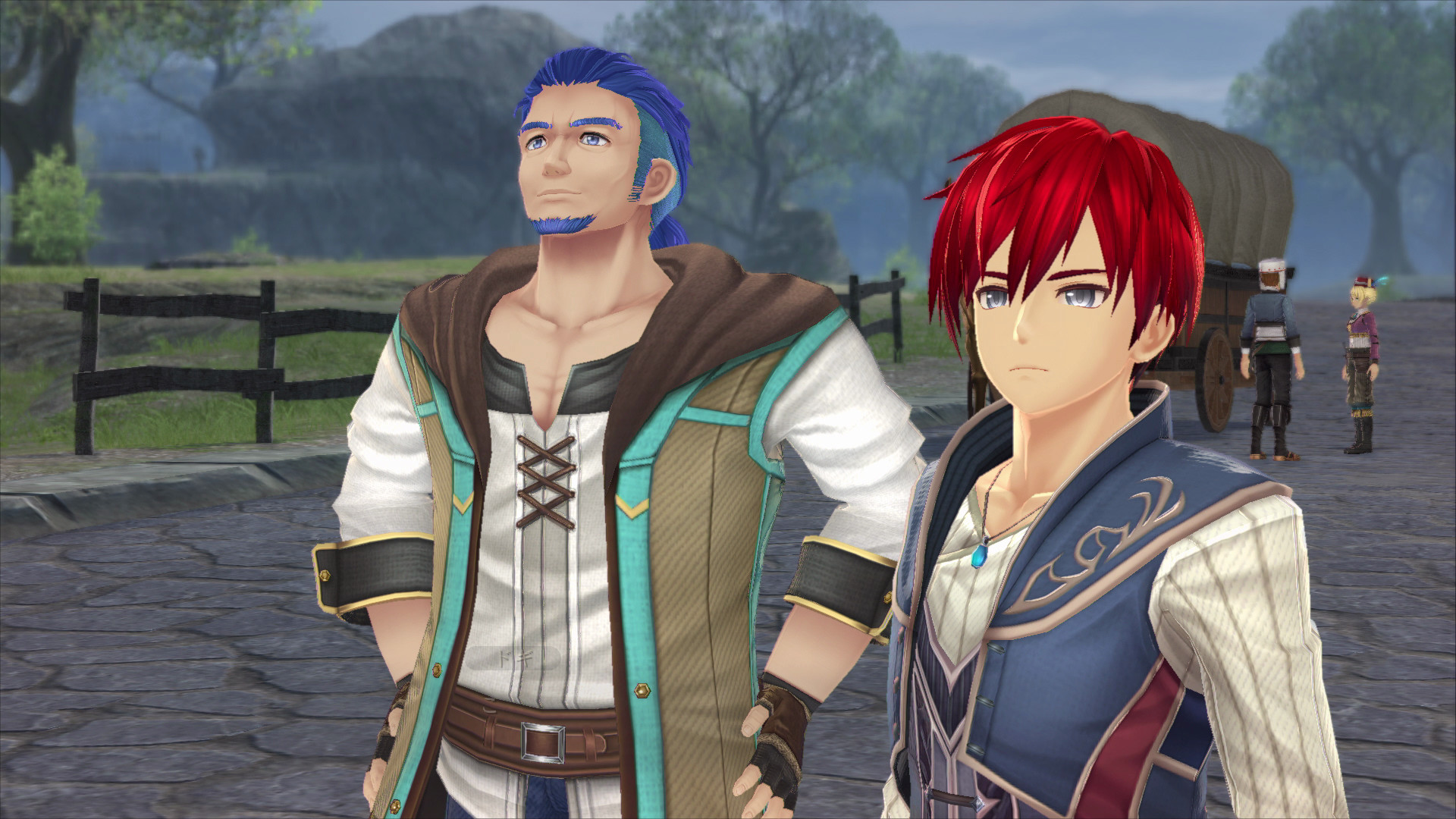





















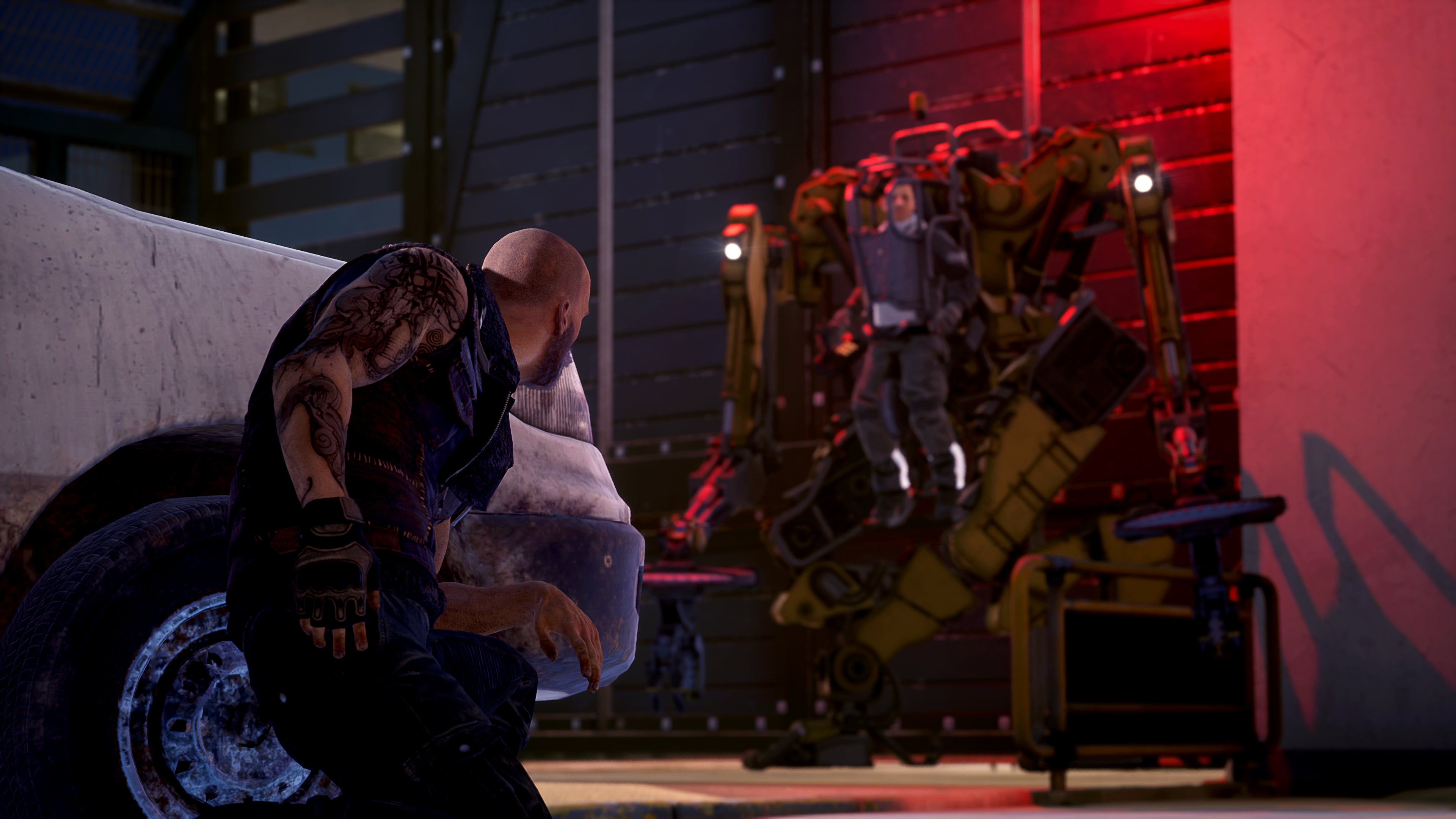




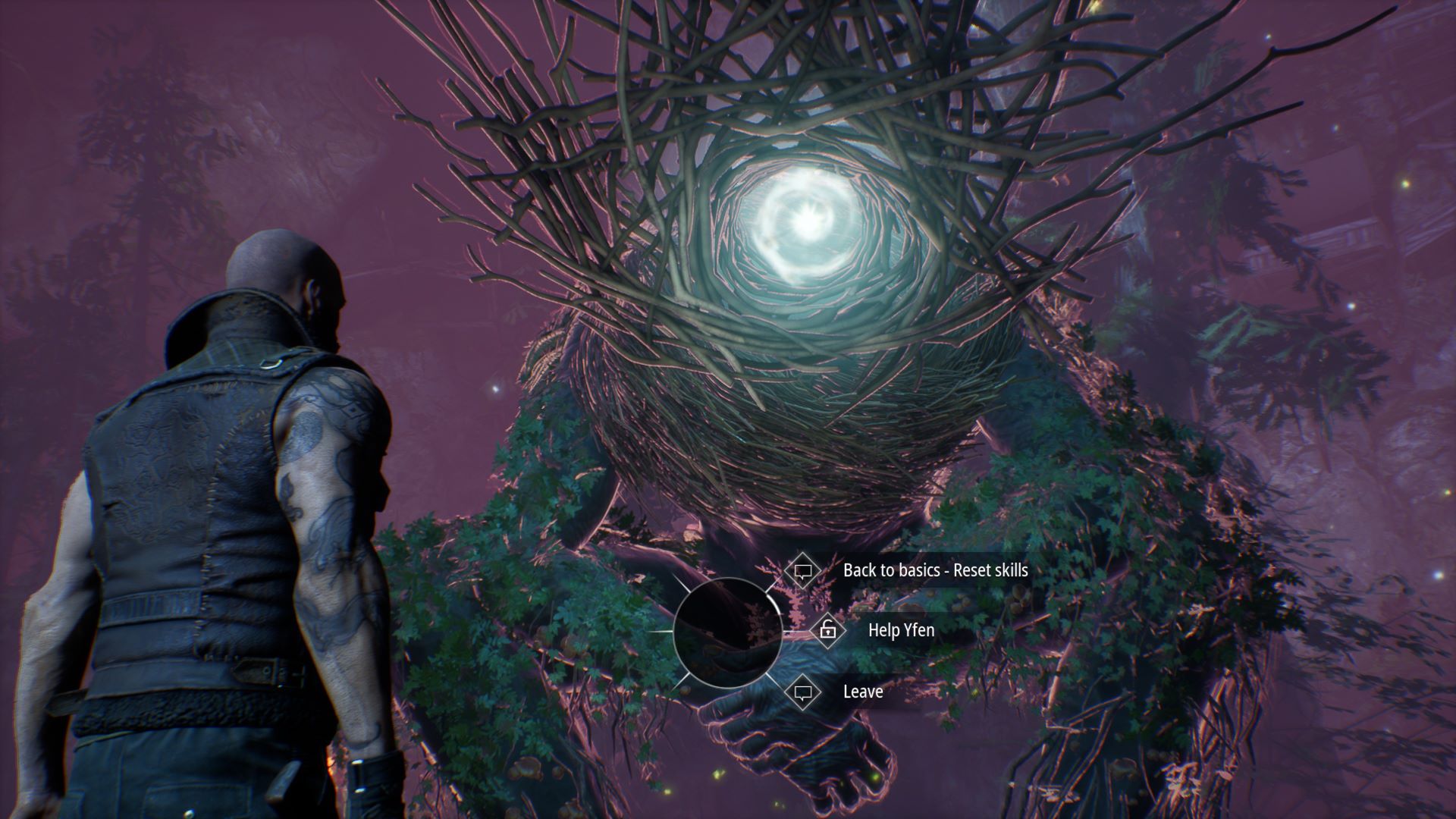

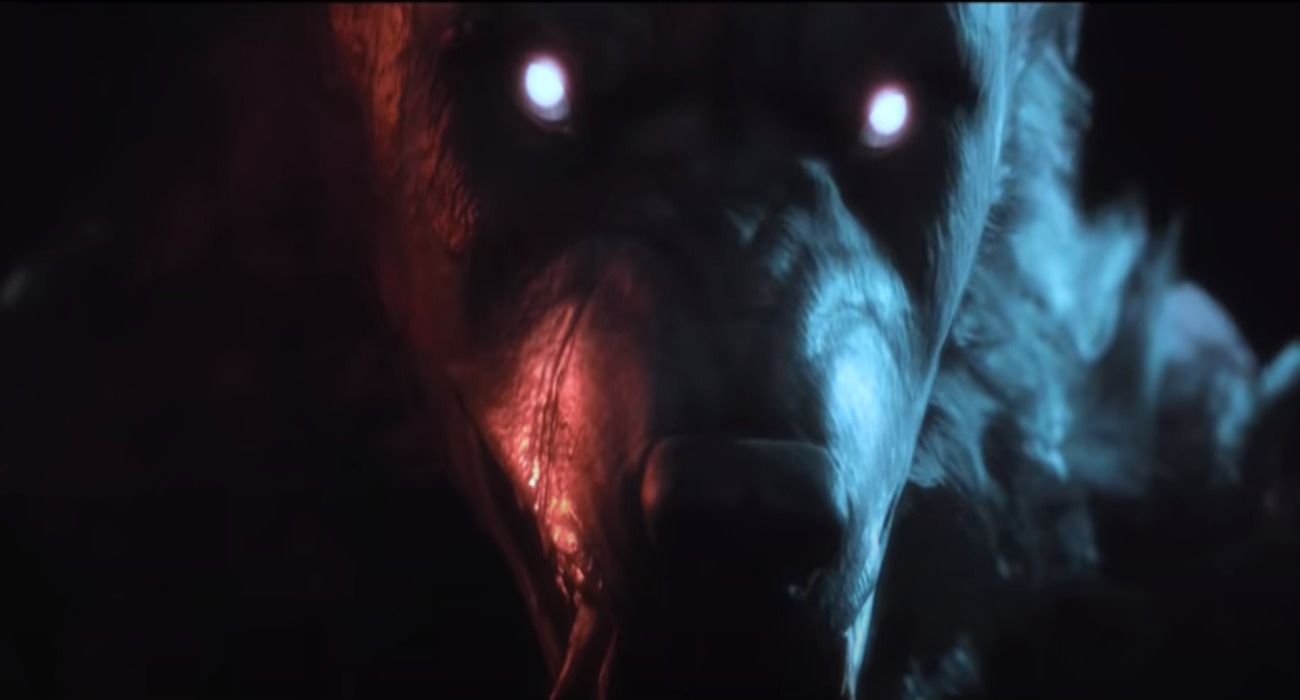




/cdn.vox-cdn.com/uploads/chorus_asset/file/22261611/TheMedium_2Worlds_Lobby_logo_caption.png)

